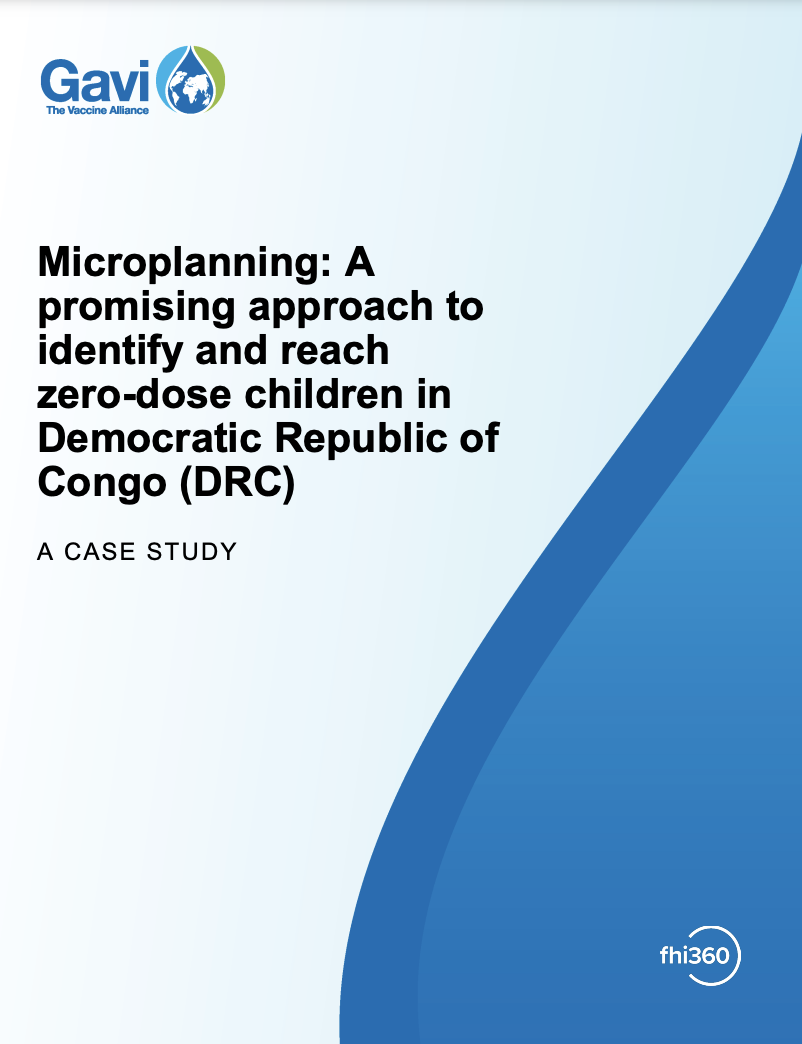WHITE PAPER
Harmoniser les limites infranationales
Analyse du travail de GRID3 pour soutenir l’harmonisation, la production et l’utilisation d’unités juridiques/administratives numérisées, opérationnelles et spatiales statistiques. Le travail de GRID3 sur les limites infranationales se concentre sur trois pôles primaires: améliorer et harmoniser les unités opérationnelles; favoriser une collaboration plus étroite entre départements gouvernementaux disparates sur l’harmonisation des limites infranationales; et utiliser l’harmonisation des limites infranationales pour soutenir les efforts de recensement. Cette étude se concentre sur des cas étudiés au Nigéria, en République Démocratique du Congo et en Zambie.
| Authors | Center for International Earth Science Information Network; Flowminder Foundation; United Nations Population Fund; WorldPop, University of Southampton |
|---|



